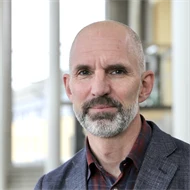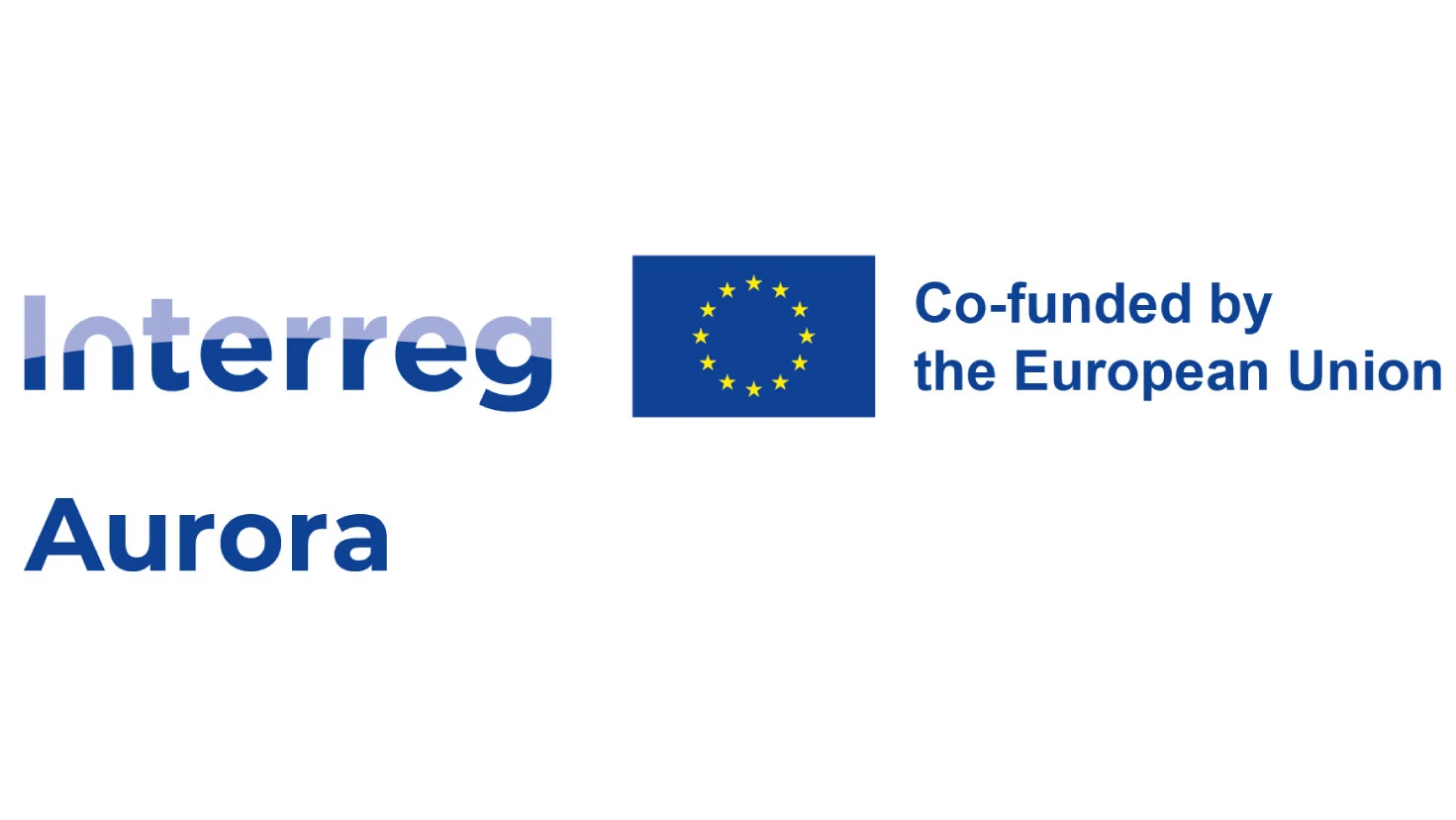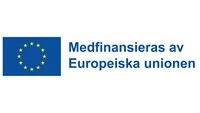AirHerd ‑ Exchanging knowledge of drone use in traditional reindeer herding
The introduction of unmanned aerial vehicles (UAV), or drones, to traditional reindeer herding has provided new opportunities through the aerial perspective.
Areas of hard-to-reach reindeer rangelands can now be accessed through drone cameras, and drones can make finding, collecting and driving reindeer easier. Increased use of drones can both reduce the herders' CO2 print and lower fuel costs by reducing the number of fossil-driven vehicle operations (ATVs, snow scooters, helicopters), broaden access to the herding profession through less physically demanding conditions, improve health and safety for the herders, and not least improve animal welfare by reducing stress to the reindeer. Drones can also support the herders in their eternal conflict with predators.
Although technical and legal limitations of commercially available drones remain and legal issues regarding operation beyond line of sight (BVLOS) need to be resolved, a main barrier to large scale implementation of drones in reindeer herding consists of integrating technical operational knowledge with experience based knowledge on reindeer herding.
AirHerd is a small scale project, funded by the Interreg Aurora programme, mapping reindeer herders’ experiences with drone technology in traditional reindeer herding. The aim is to improve cross-border knowledge exchange and co-create ideas for large scale research projects covering herders’ requirements for the future.
AirHerd builds a knowledge base on the extent of drone use in reindeer herding districts (Swedish Sámi villages and Norwegian Siidas) and maps user related advantages and challenges to drone technology uptake in traditional herding practices. We investigate types of drone operations and estimate current and putative future reductions in CO2 emissions by reducing fossil fueled operations and map how drones may contribute to mitigating cross-border pasture conflicts.
Facts
Project period
230901-240331
Partners
Research centers
Subjects
Research groups
Project leader





